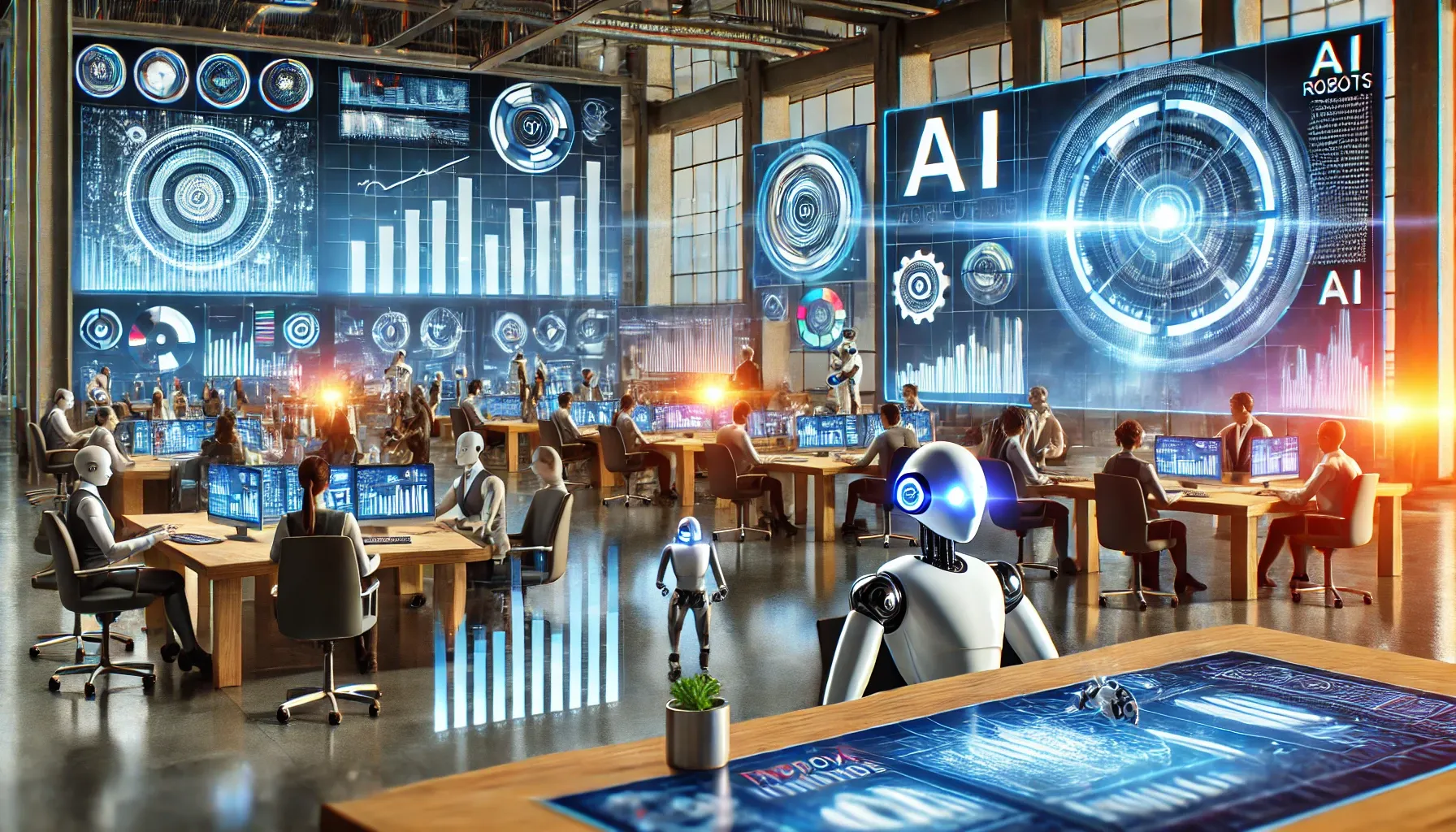Table of Contents
The construction industry is facing unprecedented labor shortages, leading to increased costs and decreased productivity. However, the advent of Artificial Intelligence (AI) powered workforce solutions has transformed the landscape, enabling companies to tackle Labor Shortages 2.0 in innovative ways. By leveraging AI algorithms, construction firms can optimize project schedules, streamline workflows, and minimize delays, ultimately increasing productivity and efficiency.
Moreover, AI-powered tools can provide personalized training programs, bridge the skills gap, and empower workers with intelligent automation and workflow optimization. This enables companies to predict labor demands with precision, automate routine tasks, and focus on high-value activities that require creativity and problem-solving.
Ultimately, embracing Labor Shortages 2.0 is about harnessing the power of AI to drive growth, improve project outcomes, and create a culture of innovation, collaboration, and continuous learning in the construction industry.
Understanding Labor Shortages 2.0
- Labor shortages are not just a matter of demand and supply; they are influenced by complex demographic changes, skills gaps, and technological advancements.
- Demographic shifts have led to an aging workforce in the construction industry. As experienced workers retire or take on lighter roles, there is a growing shortage of skilled professionals to replace them. Furthermore, many younger workers lack the necessary training and experience to fill these gaps.
- Skills gaps are another critical issue in the construction industry. Workers often require specialized skills to operate complex equipment, manage data analytics, or implement new technologies. However, contractors may struggle to find workers with these specific skill sets.
- The impact of technological advancements cannot be overstated. The rapid adoption of digital tools and AI-powered solutions has transformed many aspects of construction workflows. As a result, workers must adapt quickly to stay relevant in this rapidly evolving industry.

The Impact of Labor Shortages on Construction
- Delayed projects and cost overruns are just a few of the many consequences of labor shortages 2.0 in construction. When skilled workers are scarce, contractors often struggle to complete projects on time, leading to costly delays and budget blowouts. In fact, a recent survey found that 60% of contractors experience cost increases due to labor shortages.
- Reduced productivity and quality are also significant concerns. With fewer skilled workers available, contractors may need to compromise on the quality of work or rely on untrained staff to complete tasks. This can lead to subpar results, compromised safety standards, and decreased customer satisfaction.
- Labor shortages 2.0 also have a profound impact on worker mental health and well-being. High stress levels, burnout, and turnover are just a few of the consequences faced by workers in this industry. The emotional toll on construction professionals is significant, making it essential for contractors to address labor shortages 2.0 proactively.
AI-Powered Solutions for Labor Shortages
- Artificial intelligence (AI) is poised to revolutionize the way we address labor shortages 2.0 in construction. By leveraging predictive analytics, automated workflows, and AI-driven quality control, contractors can optimize their workforce management strategies.
- Predictive analytics enable contractors to forecast staffing needs more accurately, allowing them to prepare for future demand and avoid delays. Automated workflows streamline tasks, reduce errors, and increase productivity.
- AI-powered quality control systems enhance inspection efficiency and accuracy.
Case-Studies
Company: Smith Construction Co.
Location: Dallas, Texas
Industry: Commercial Building Construction
Problem: Like many contractors, Smith Construction Co. faced significant labor shortages 2.0 and associated recruitment costs. With a growing demand for commercial construction projects, the company needed to find ways to optimize its workforce management strategy.
Solution:
Smith Construction Co. implemented an AI-powered predictive analytics platform to forecast staffing needs. The system analyzed historical data on project timelines, skill requirements, and weather conditions to predict future labor demands. This enabled the company to:
- Optimize Recruitment: Smith Construction Co. could plan ahead for upcoming projects, reducing recruitment costs by 25%. By forecasting staffing needs more accurately, they minimized the need for emergency hires.
- Improve Resource Allocation: The predictive analytics platform helped allocate resources efficiently across projects. This led to better utilization of existing staff and reduced waste due to overstaffing.
- Enhance Safety: With a clear understanding of upcoming labor demands, Smith Construction Co. could ensure that necessary safety protocols were in place.

Results:
- Recruitment costs decreased by 25%.
- Productivity improved due to efficient resource allocation and reduced waste.
- Workplace accidents dropped significantly, enhancing overall worker safety.
Key Takeaways:
Smith Construction Co.’s experience demonstrates the potential benefits of implementing AI-powered predictive analytics in addressing labor shortages. By leveraging data-driven insights, contractors can:
- Optimize Recruitment: Minimize recruitment costs by planning ahead and making informed staffing decisions.
- Improve Resource Allocation: Efficiently allocate resources across projects to boost productivity and reduce waste.
- Enhance Safety: Ensure necessary safety protocols are in place due to improved labor forecasting, leading to a safer work environment.
By adopting AI-powered solutions like predictive analytics, contractors can mitigate the challenges associated with Labor Shortages 2.0 and create more efficient, productive, and safe work environments for their employees and clients alike.
Conclusion
The construction industry is facing a severe crisis – labor shortages are causing delays, cost overruns, and quality issues. This phenomenon has been dubbed “Labor Shortages 2.0.” To address this issue effectively, contractors should consider implementing AI-powered workforce solutions, such as predictive analytics platforms, automated workflows, and AI-driven quality control systems.
By leveraging these technologies, contractors can optimize recruitment costs, improve resource allocation, and enhance safety. The case study of Smith Construction Co. demonstrates the potential benefits of predictive analytics in addressing labor shortages, resulting in a 25% reduction in recruitment costs, improved productivity, and enhanced worker safety.





